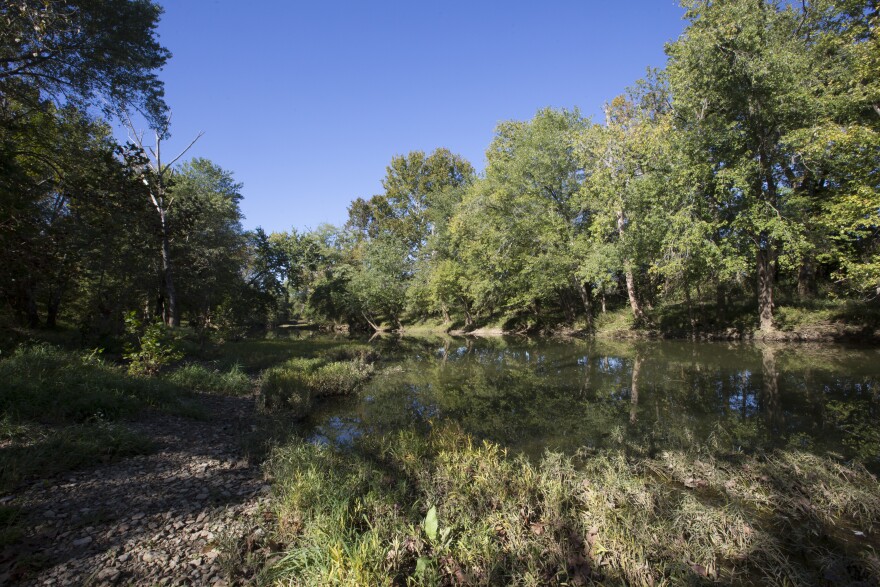Once again, Louisville — a city that prides itself on its park system — has landed near the bottom of a ranking of parks.
In the non-profit group Trust for Public Lands’ annual list, released on Thursday, Louisville’s park system was ranked 93 out of 100 around the country.
Trust for Public Lands scores cities on several factors, including park acreage, a city’s per capita spending on parks, and the percentage of a population that lives within a 10-minute walk of a park. It’s the latter two that contributed heavily to Louisville’s low score.
“What you have in Louisville effectively is a tale of two cities,” said Trust for Public Lands' Adrian Benepe. On one hand, there's "the historic core of Louisville — which has all those wonderful Olmsted parks and extraordinary new vision parks like the riverfront park."
Then there's the newer areas of the city, where suburbs "weren’t really planned around community parks. They were planned around people having backyards," Benepe said.
This has been a perennial problem when it comes to Louisville’s annual ranking in the Trust for Public Lands metric. In 2012, the city was ranked 38 out of 40. In 2013, it was 49 out of 50.In 2014, it was 58 out of 60. And last year, it was 72 out of 74.
Most areas of Louisville that create problems for park access are outside I-264 in the eastern, south and southwestern parts of the county. The completion of the Parklands of Floyds Fork this year helped a little, but the area’s low population density means that despite the size of those parks, few people can walk to them in 10 minutes.
“We are working on it, but again, it’s a bigger piece of the pie, so it’ll take some more time,” said Louisville Metro Parks Director Seve Ghose. “It won’t be like turning a key, so to speak, and getting the changes right away.”
Ghose said he disagrees with the way the Trust for Public Lands measures park access, but he said it's a priority for his department to connect more neighborhoods to green spaces. He said some of the work in progress — like the Louisville Loop trail around the city — will help expand access.
Besides the issues created by city-county merger and park-poor suburbs, Louisville also ranked low for its spending on parks per capita. The city only spends about $55 per resident on park improvements and maintenance, according to the review.
“I can agree with that one,” Ghose said. “Spending per capita is very low, and I voiced my concerns when I was hired during the interview process. My goal as the director is to educate the powers that be and say parks and recreation does matter in a community for health and wellness, quality of life, home values, economic development, all those pieces.
"So yes," he said, "hopefully in the coming years, we’ll see more dollars spent per capita on parks.”
Benepe said one way cities have coped with both increasing park access and limited funds has been to partner with public schools to open up athletic fields and playgrounds to the public after hours. Ghose said he’s willing to explore such a partnership in Louisville.
But despite the city’s perennial poor ranking, Benepe said there’s good news, too. Louisville has a rich tradition of parks, which creates a good foundation to expand on.
“Our view would be, do more what of what you’re doing, and also look to create many more small neighborhood parks that are within walking distance,” he said.
To view more about the rankings, click here.

